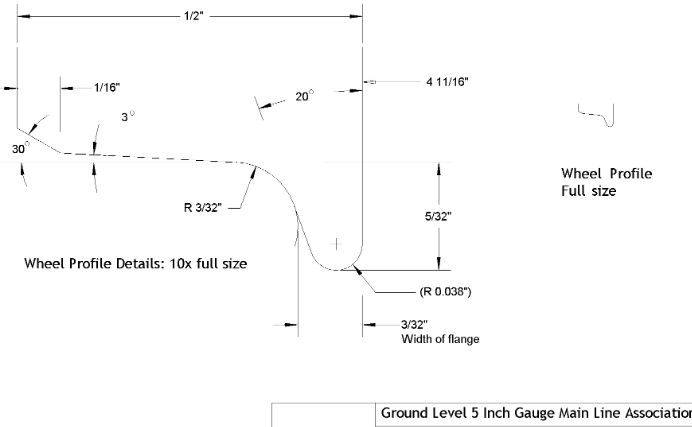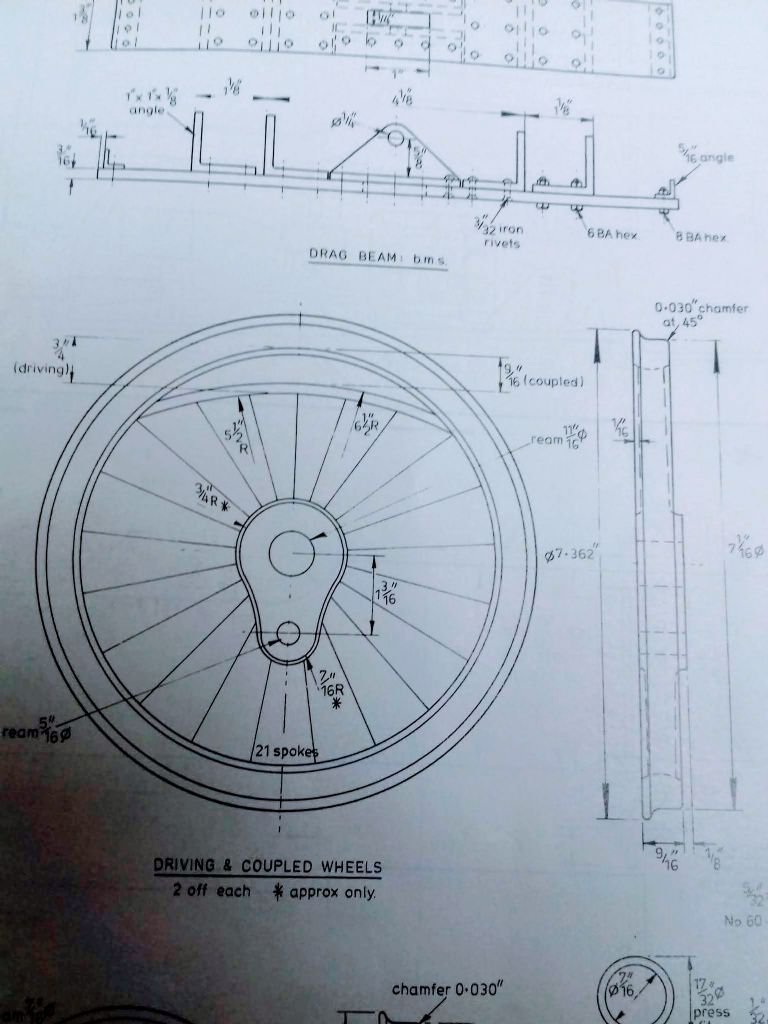Wheels for a 5 inch gauge battery loco
Wheels for a 5 inch gauge battery loco
- This topic has 7 replies, 5 voices, and was last updated 25 January 2019 at 11:48 by
Pete White.
Viewing 8 posts - 1 through 8 (of 8 total)
Viewing 8 posts - 1 through 8 (of 8 total)
- Please log in to reply to this topic. Registering is free and easy using the links on the menu at the top of this page.
Latest Replies
Viewing 25 topics - 1 through 25 (of 25 total)
-
- Topic
- Voices
- Last Post
Viewing 25 topics - 1 through 25 (of 25 total)







